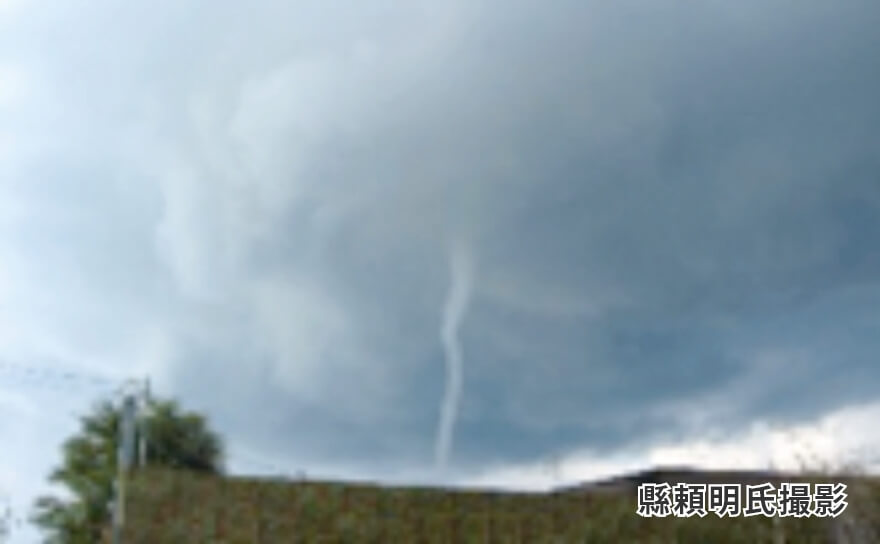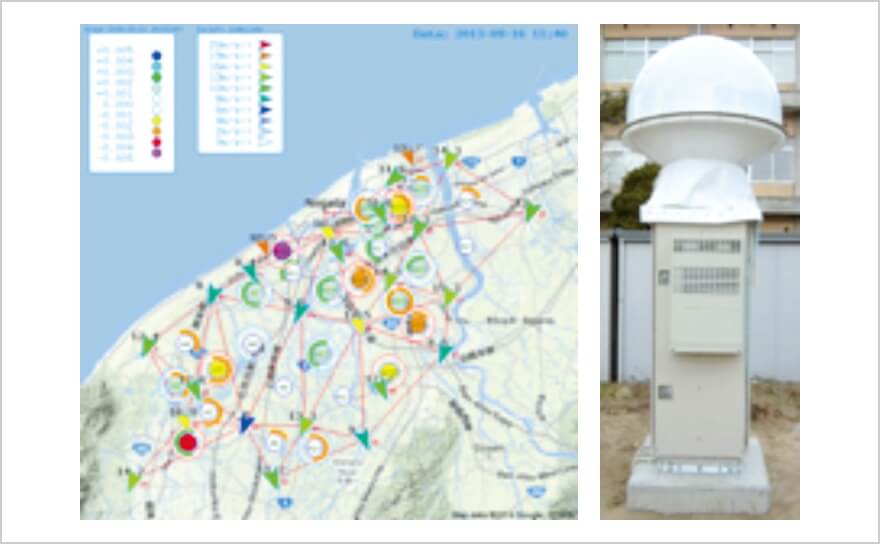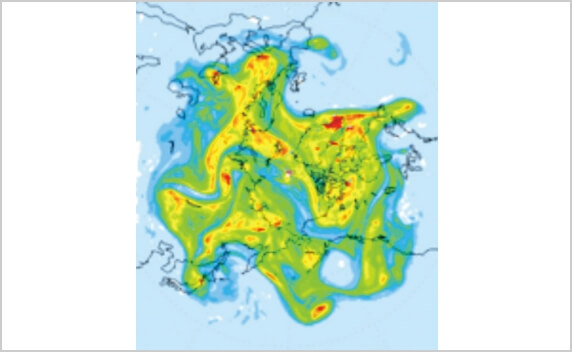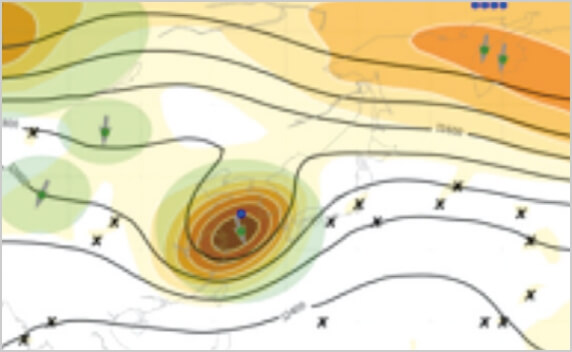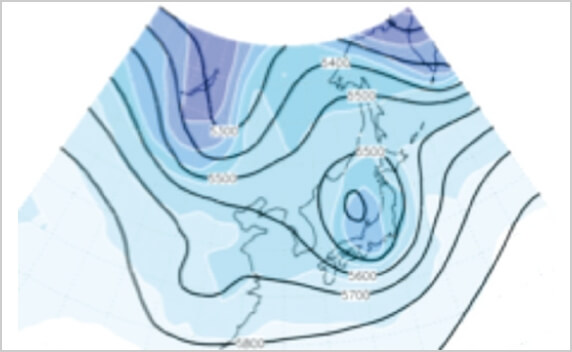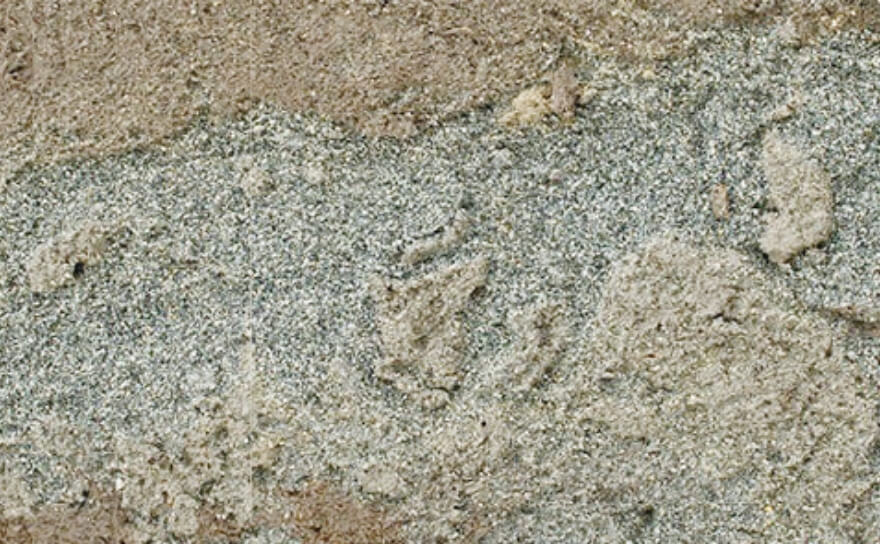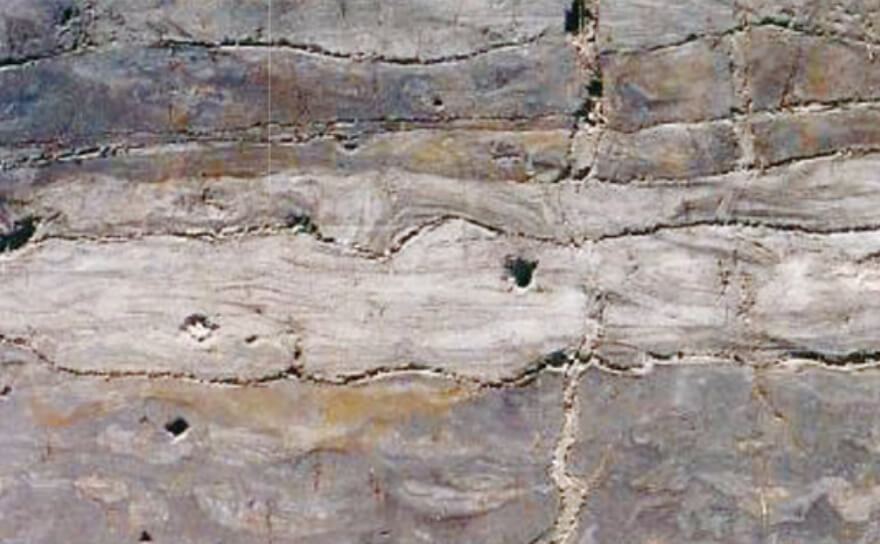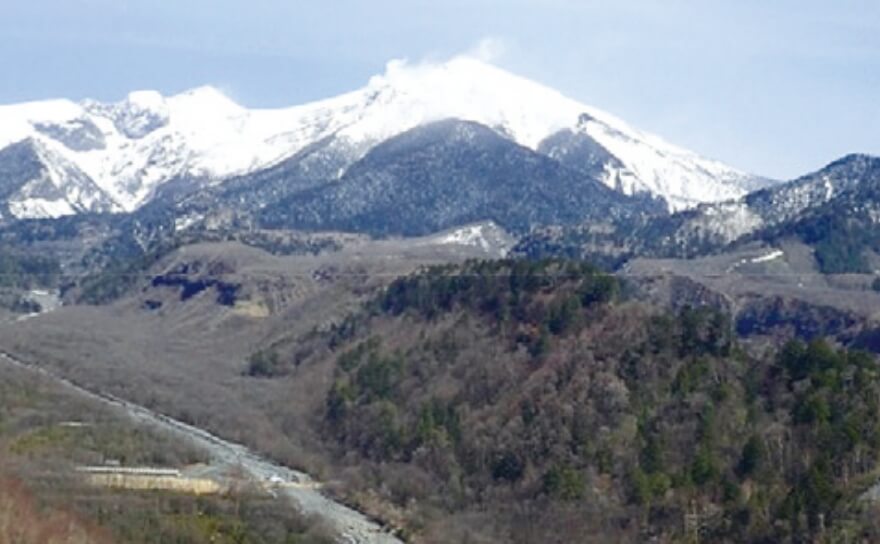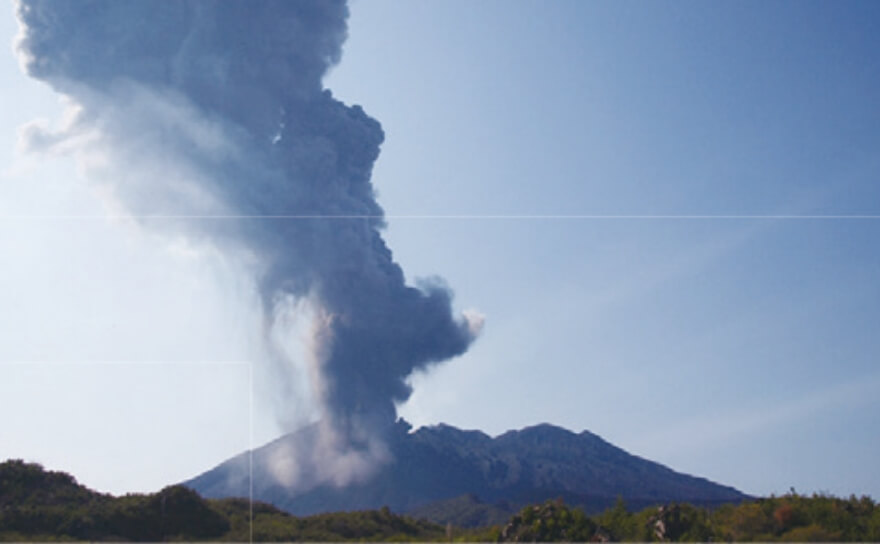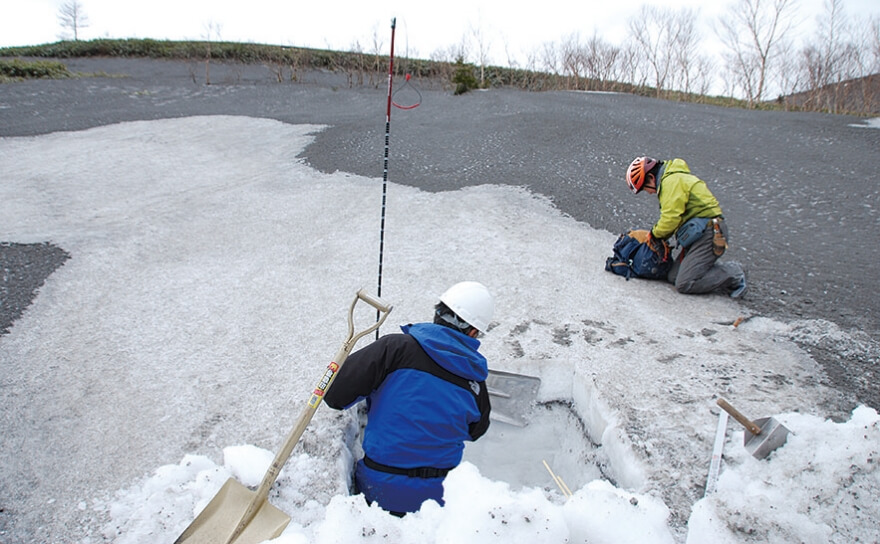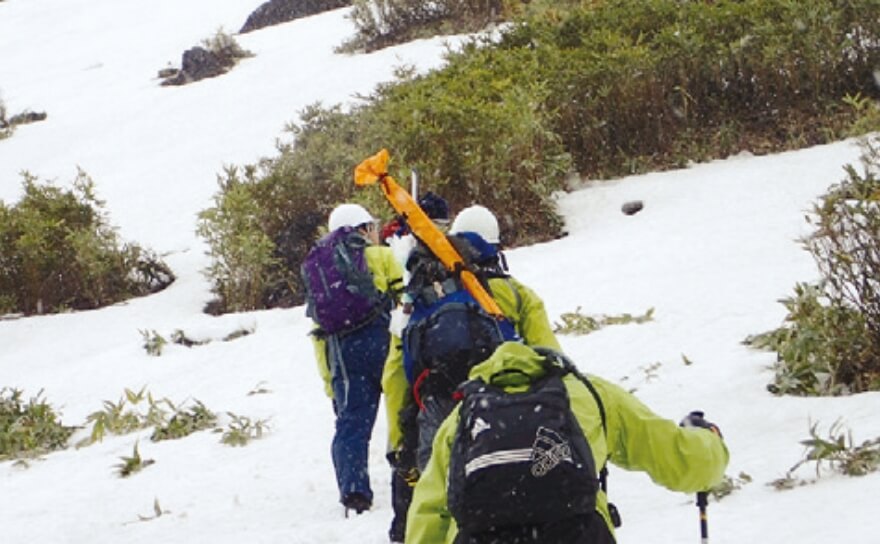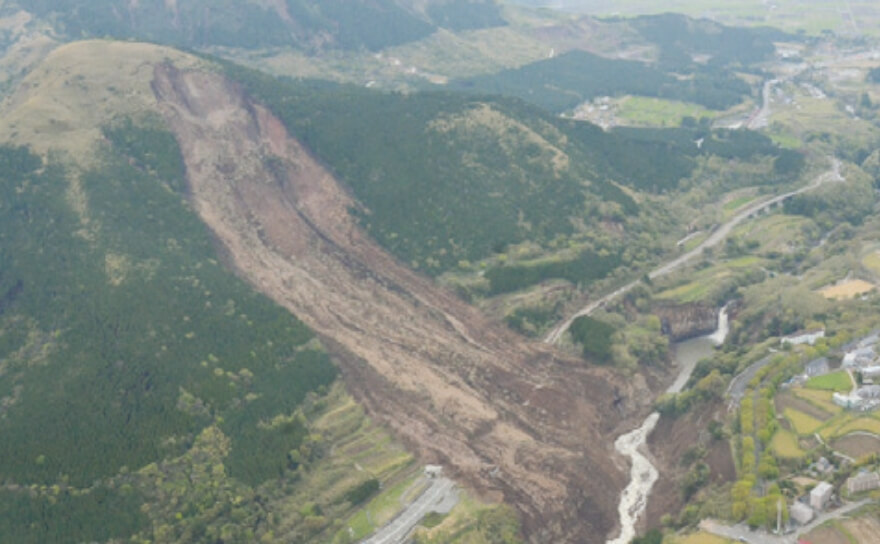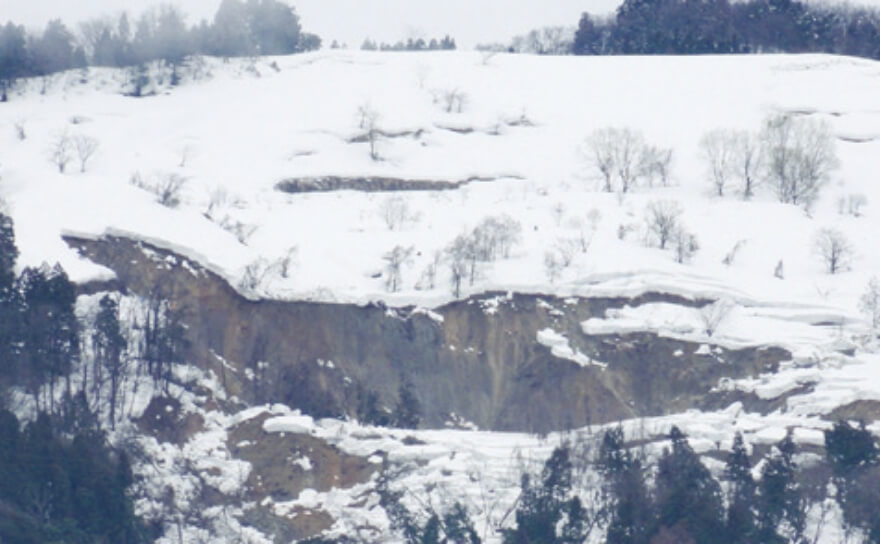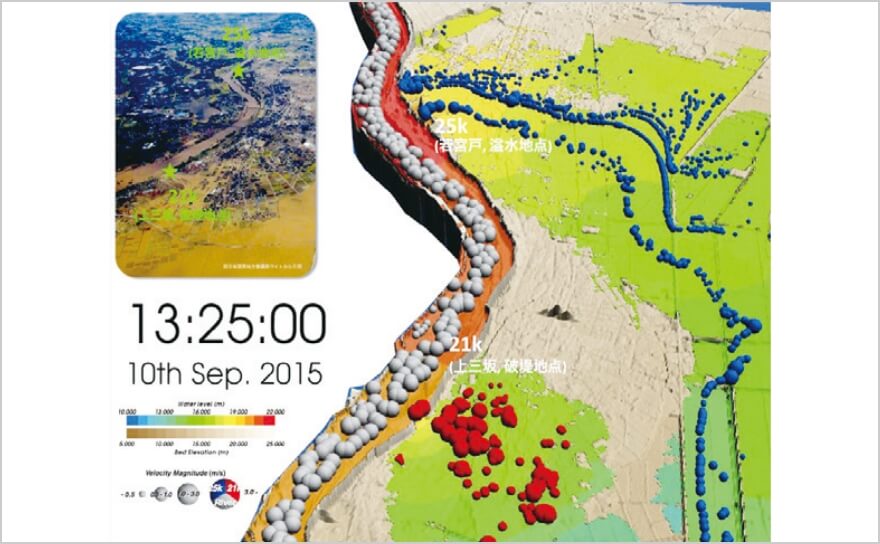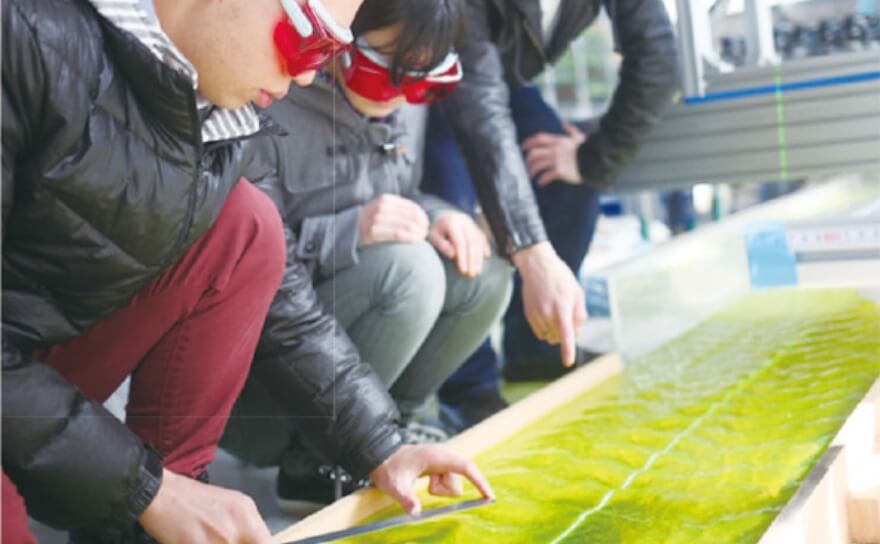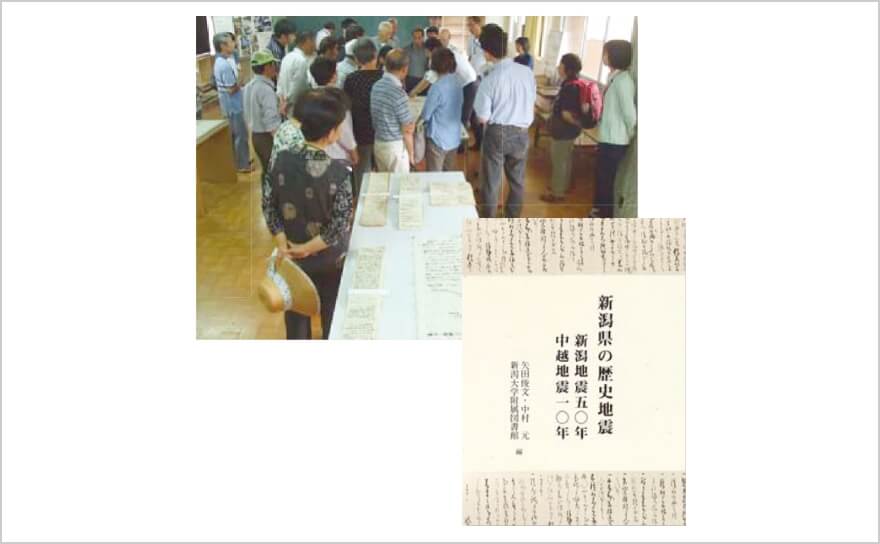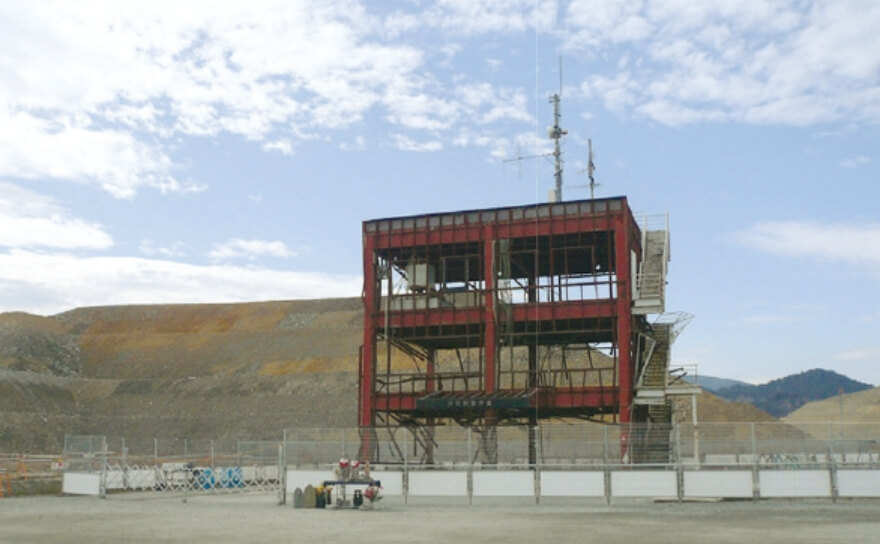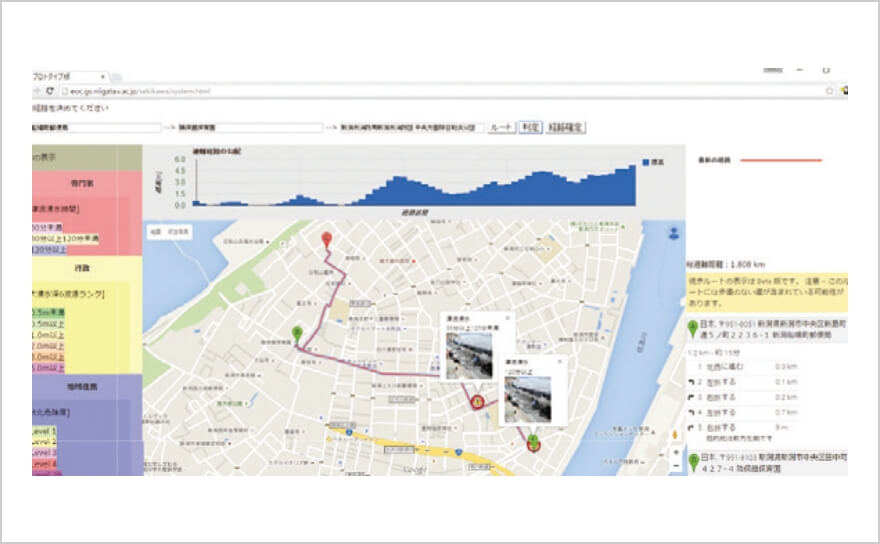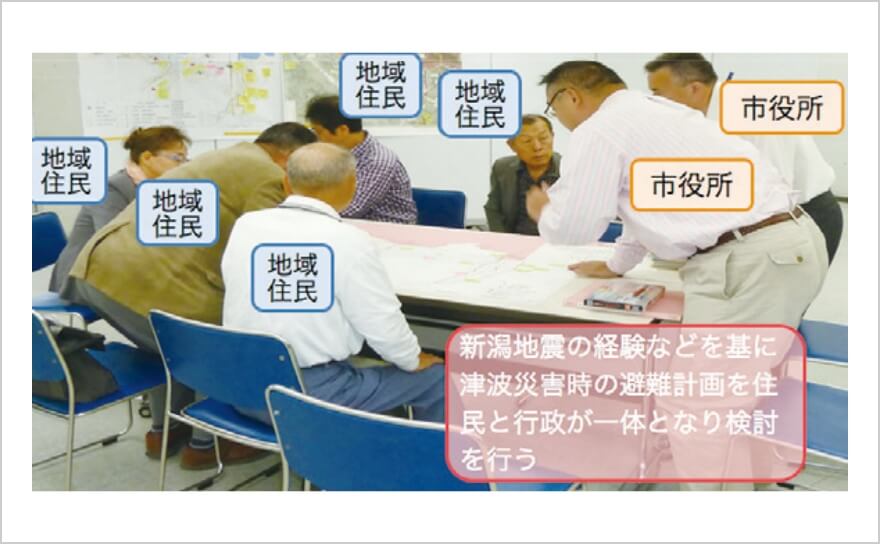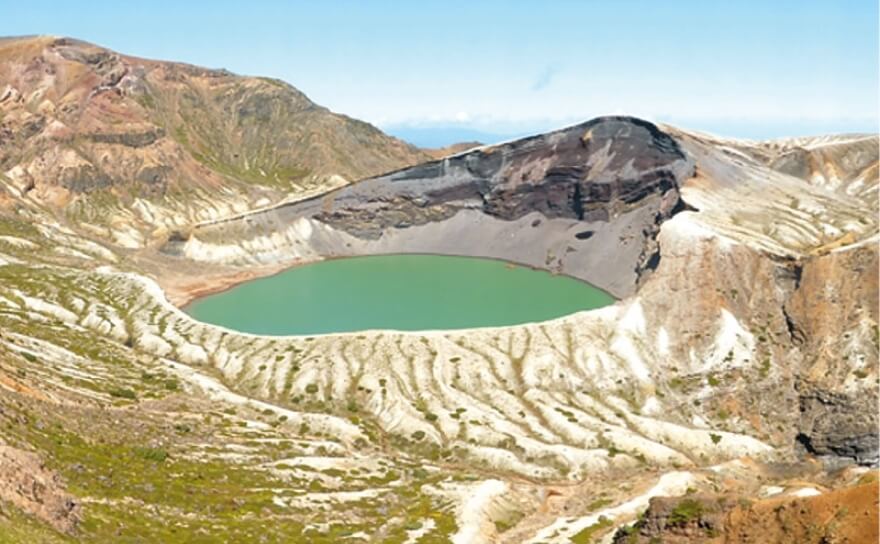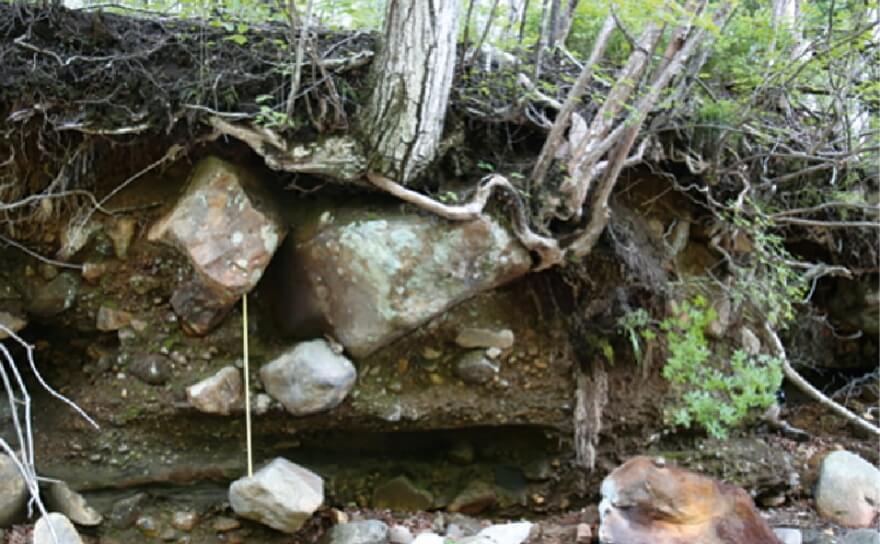Research Institute for Natural Hazards and Disaster Recovery
- Message from the Director
- Main History of the institute and Natural Hazards in Niigata Prefecture
- Organization
- Our people
- Collaborative Research Projects
Message from the Director

Our institute promotes scientific studies, proposes new countermeasures to extreme and large-scale disasters, such as the 2004 Mid-Niigata Earthquake, and aims to establish a centralized center of excellence studying natural hazards and disaster recovery for the Japan Sea coastline and East-Asia Rim zone.
Our institute was established in 1969 when landslide and snowfall/avalanche research was conducted in several different faculties and departments. Upon combining these independent research verticals, the institute became the “Research Center for Hazards in Snowy Areas” in 1978 as a joint university educational facility consisting of three sections, ground hazards, snow and ice hazards, and conservation of soil and water. Studies were promoted on snow and ice avalanches and landslides in snow melting seasons.
After the 2004 Mid-Niigata Earthquake Disaster, a more integrated research program was organized at our University that covers a broad range of subjects from natural hazards to societal disaster recovery in mountainous areas. This program’s achievements have been well received by the scientific community and led to the establishment in 2006 of the “Research Center for Natural Hazards and Disaster Recovery”. In 2011, renamed as the “Research Institute for Natural Hazards and Disaster Recovery”, our organization successfully contributed to the launch of a wide collaboration between natural science, human-social sciences, and medical science for the development of practical solutions to problems relevant to natural hazards and disaster recovery.
Reorganized again in 2015, our studies now focus on the mechanisms underlying the reality of changing and intensifying natural hazards in the 21st-century with the aim of contributing more to the establishment of disaster-resilient societies.
In the future, the institute will strongly promote its research on various disasters in snowy regions, which is one of its specialties, both domestically and internationally, and will vigorously promote collaborative efforts and joint research with domestic and foreign research institutes with the aim of becoming a research center for creating a resilient society against unpredictable disasters. We appreciate your cooperation and contributions to our activities.
Director and Processor of Research Institute for Natural Hazards and Disaster Recovery
Atsushi URABE, D.Sc
Main History of the institute and Natural Hazards in Niigata Prefecture
| The 1964 Niigata earthquake | The Niigata earthquake caused various kinds of damage, such as the collapse of buildings due to ground liquefaction, fires at refineries, and tsunamis run-up into rivers. |
|---|---|
| The 1981 heavy snowfall | Heavy snowfall covered a wide range of northern Japan and caused more than 100 casualties. |
| The 2004 Niigata-Fukushima heavy rainfall | Heavy rainfall occurred in Niigata and Fukushima Prefectures. A levee breach caused disastrous flooding in urban areas. A large number of landslides also occurred in mountainous areas. |
| The 2004 Mid-Niigata Prefecture earthquake | The earthquake in the Mid-Niigata Prefecture had a maximum seismic intensity of 7 causing approximately 70 fatalities. The vulnerability of mountainous areas to earthquake damage was clearly revealed. |
| 2006 | Research Center for Natural Hazards and Disaster Recovery was established. |
| The 2007 Niigataken Chuetsu-oki Earthquake | The Niigataken Chuetsu-oki Earthquake was triggered by an offshore fault causing severe damages in Niigata Prefecture. In Kashiwazaki City and surrounding areas, the maximum seismic intensity of 6 was recorded. |
| 2011 | Research Institute for Natural Hazards and Disaster Recovery was established. |
| The 2011 Niigata-Fukushima heavy rainfall | In Niigata-Fukushima, the lower catchment of the Shinano River was largely flood after a torrential rainfall (>100mm/h). The vulnerability to lowland areas was clearly recognized. |
| 2015 | The research institute was reorganized to include four research divisions: “Cascading and Linked Multi-Hazards”, “Hazard Mitigation”, “Societal Safety Systems”, and “Environmental Dynamics”. |
Organization
Our research institute consists of four research divisions: “Environmental Dynamics” “Cascading and Linked Multi-Hazards” “Hazard Mitigation”, and “Societal Safety Systems”, to promote studies on mechanisms of the changing and intensifying natural hazards in order to establish disaster-resilient societies. With the background of need for joint usage/research centers in the Japan Sea coastal areas, the institute further pursues to construct research networks in the Japan Sea area where is especially prone to occur hazards in relation with snowy climate.
Research Division of Environmental Dynamics
This research division targets the mechanisms of extreme atmospheric phenomena that cause the disasters in the Japan Sea region from both the global and local perspectives. Studies are prompted on the following subjects:
- Understanding of the occurrence mechanism of heavy rain/snowfall and gusts with severe storms or tornados.
- Understanding the occurrence mechanism of floods, snow damage and sediment disasters from the perspective of water circulation.
- Development of disaster monitoring and analysis system.
Research on Extreme Atmospheric Phenomena
This research area aims to understand disaster occurrence mechanism by real-time monitoring and analysis system of extreme atmospheric phenomena. Studies include:
- Reinforcement of three-dimensional atmospheric condition monitoring system by surface, upper air and satellite observations.
- Rapid detection of remarkable phenomena and understanding of the mechanism by advancement of real-time data acquisition and analysis system.
- Understanding of disaster occurrence mechanism by reproduction and prediction experiments using high resolution atmospheric model.
Research on Global and Climate Variability
This research area aims to understand global atmosphere-ocean-snow-ice-land processes that cause extreme atmospheric phenomena. Studies include:
- Understanding of global atmosphere-ocean-snow-ice-land processes using reanalysis data and long-term climate run based on numerical experiments.
- Sensitivity experiment using atmospheric general circulation model to evaluate the influence of ice-ocean-land system variability.
- Development of an atmospheric circulation monitoring system related to the prediction of the occurrence of extreme atmospheric phenomena.
Research Division of Cascading and Linked Multi-Hazards
This research division targets the disaster risk evaluation in snowy orogenic zones (tectonically active regions), such as areas along the Sea of Japan, and include studies in the following areas:
- Understanding seismic/volcanic activities in the back-arc side linked to mega-earthquakes in the fore arc side.
- Clarifying the mechanism of multi-hazards caused by the interaction of snow and ice with seismic/volcanic activities.
- Evaluating the impact of global warming on snow and ice-related environments and disasters.
Research on Disasters Linked to Earthquakes
This research area aims to predict and mitigate disasters caused by earthquakes in the back-arc side linked to a mega-earthquake in the fore-arc side. Studies include:
- Reconstructing tsunami history of the back-arc side by identification of “tsunami” deposits and development of an estimation technique for the tsunami source area.
- Establishing a reconstruction technique of natural hazard history from geological records.
- Advancing disaster research caused by earthquakes in the Circum-Pacific mobile belt.
Research on Volcanic Multi-hazards
This research area aims to understand volcanic hazards linked with earthquakes occurring in plate boundaries and their prediction and mitigation, especially in the following topics:
- Lahars and perennial hydrological transportation of volcanic materials.
- Prediction and assessment of transportation of volcanic materials induced by multiple factors.
- Causes and factors of mid-term and long-term hazards in an eruption aftermath and prediction of widespread and cascading hazards.
Research on Snow and Ice-related Multi-hazards
This research area aims to promote studies on prediction and mitigation of multi-hazards caused by the interaction of snow and ice with seismic/volcanic activities in a warming climate. Studies include:
- Elucidating the mechanisms and risk evaluation of snow and ice-related multi-hazards.
- Developing prediction methods and countermeasure techniques.
- Evaluating the impact of extreme weather and changes in precipitation regime on snow and ice-related hazards.
Research Division of Hazard Mitigation
This research division targets landslides and urban disasters such as floods, tsunamis, and other geo-disasters. These works are expected to promote disaster-resilient societies with research related to the following:
- Understanding the mechanisms required to develop early sensing and hazard prediction.
- Evaluating the limits of designed structured counter-measures.
- Developing new numerical simulation and risk evaluation.
Research on Landslide Disasters
This research focuses on the on prediction and mitigation of landslide disasters induced by multiple factors in tectonically active zones. Studies include:
- Developing mechanisms of rapid and long runout landslides from multiple causes.
- Integrating risk evaluation technologies of landslides induced by earthquakes and extreme rainfalls.
- Evaluating the disaster risks of landslides in the mountainous and urbanizing communities affected by societal and environmental changes.
Research on Water Disasters
This research aims to study the prediction and mitigation of water disasters caused by extreme weather and tsunamis running up in rivers around urban area in low-lying areas. Studies include:
- Predicting and mitigating flood flows in channels and plains caused by extreme rainfalls.
- Integrating risk evaluation of quake liquefaction damage on urbanized low-lying areas.
- Developing a natural disaster mitigation technology for changing social structure and population decline.
Research on Societal Infrastructures
This research aims to promote studies on establishing safer lifeline and infrastructures, as well as enhancing the disaster risk reduction function of local industrial infrastructures. Studies include:
- Evaluating the hazard mitigation capacity of the societal infrastructure for earthquakes, tsunamis, and floods.
- International application of developed agricultural infrastructure recovery techniques in mountainous communities.
- Developing integrated mitigation technology for constructing and managing safe infrastructures.
Research Division of Societal Safety Systems
This research division targets the development of emergency countermeasures and recovering strategies for disasters using information and communication technology. Studies are promoted on the following subjects:
- Understanding the changing processes of social structures in areas stricken by natural disasters.
- Estimating social impact associated with multi-hazards in the near future.
- Studying resilient social structures in natural disasters areas in cooperation with academia, government agencies, and international organizations.
Research on Analysis of History Disasters
This research aims to promote studies on elucidating and understanding histories of disaster and changing processes of social structures and their relation to damaged areas. Studies include:
- Analyzing historical materials and antique documents of disasters to understand the hysteresis of natural disasters, including earthquakes, floods, volcanic eruptions, and the changing processes of social structures.
- Establishing archive technology for historical materials and antique documents relating to this subject.
Research on Strategies of Recovery from Natural Disasters
This research focuses on establishing strategies of recovery from natural disasters in relationship to the rearrangement of national land planning. Studies include:
- Applying spatial information technology to develop rapid measures of disaster recovery.
- Supporting installation of risk management headquarters for multiple disasters.
- Implementing information and communication technology to estimate damages in areas stricken by natural disasters.
Research on ICT for Monitoring and Evaluating Damage due to Natural Disasters
This research aims to develop information and communication technology for monitoring and evaluating damage by natural disasters. Studies include:
- Developing the application of cloud computing in the analysis and integrated management of natural disaster damages.
- Establishing a method for the estimation of varying natural disaster damages in a wide geographical range based on satellite information.
- Developing methods of visualizing damage from natural disasters in a broad geographical range and for assisting local administrators with measures for natural disaster recovery.
Research Division of Environmental Dynamics
This research division is presently vacant and in progress.
Our people
Research Division of Environmental Dynamics
| KAWASHIMA Katsuhisa | Professor Glaciology |
|---|---|
| HONDA Akiharu | Professor(Faculty of Science) Meteorology |
| YOSHIKAWA Natsuki | Professor(Faculty of Agriculture) Agricultural Water Engineering |
| NISHII Ryoko | Associate Professor Geomorphology |
| NIIYA Hirofumi | Associate Professor Nonlinear Dynamics, Geophysics, Glaciology |
Research Division of Cascading and Linked Multi-Hazards
| KATAOKA S. Kyoko | Professor, Vice-director Volcanic Sedimentology, Volcanic Geology |
|---|---|
| MATSUMOTO Takane | Associate Professor Snow and Ice Hydrology |
| TAKASHIMIZU Yasuhiro | Associate Professor(Faculty of Education) Sedimentary geology |
Research Division of Hazard Mitigation
| URABE Atsushi | Professor, Director Geology, Palaeo-tsunami Research |
|---|---|
| GONDA Yutaka | Professor(Faculty of Agriculture) Erosion Control Engineering, Forest Science |
| WATANABE Naoki | Associate Professor Applied Geochemistry, Hydrogeology, Engineering Geology |
| YASUDA Hiroyasu | Associate Professor Hydralurics, River morphodynamics, River Engineering |
Research Division of Societal Safety Systems
| TAMURA Keiko | Professor(Risk Management Office, Headquarters for Risk Management) Risk Management, Social Welfare in Disasters |
|---|---|
| KATAGIRI Akihiko | Associate Professor(Faculty of Humanities) Japanese Disaster History |
Technical Division
| URABE Atsushi | Section Head |
|---|---|
| WATABE Shun | Technician |
Office of Collaborative Research Support
| WATANABE Naoki | Coordinator |
|---|---|
| WATABE Shun | Member |
| SAITO Yoko | Member |
General Staff
| TSURUMAKI Tomoko | Administration |
|---|
Collaborative Research Projects
The “Research Institute for Natural Hazards and Disaster” conducts collaborative research projects with researchers at other universities and research institutes to further develop natural hazard sciences and natural disaster recovery studies.
“Penetration tests for rutting phenomena into a wet compacted-snow on road due to a passing vehicle”
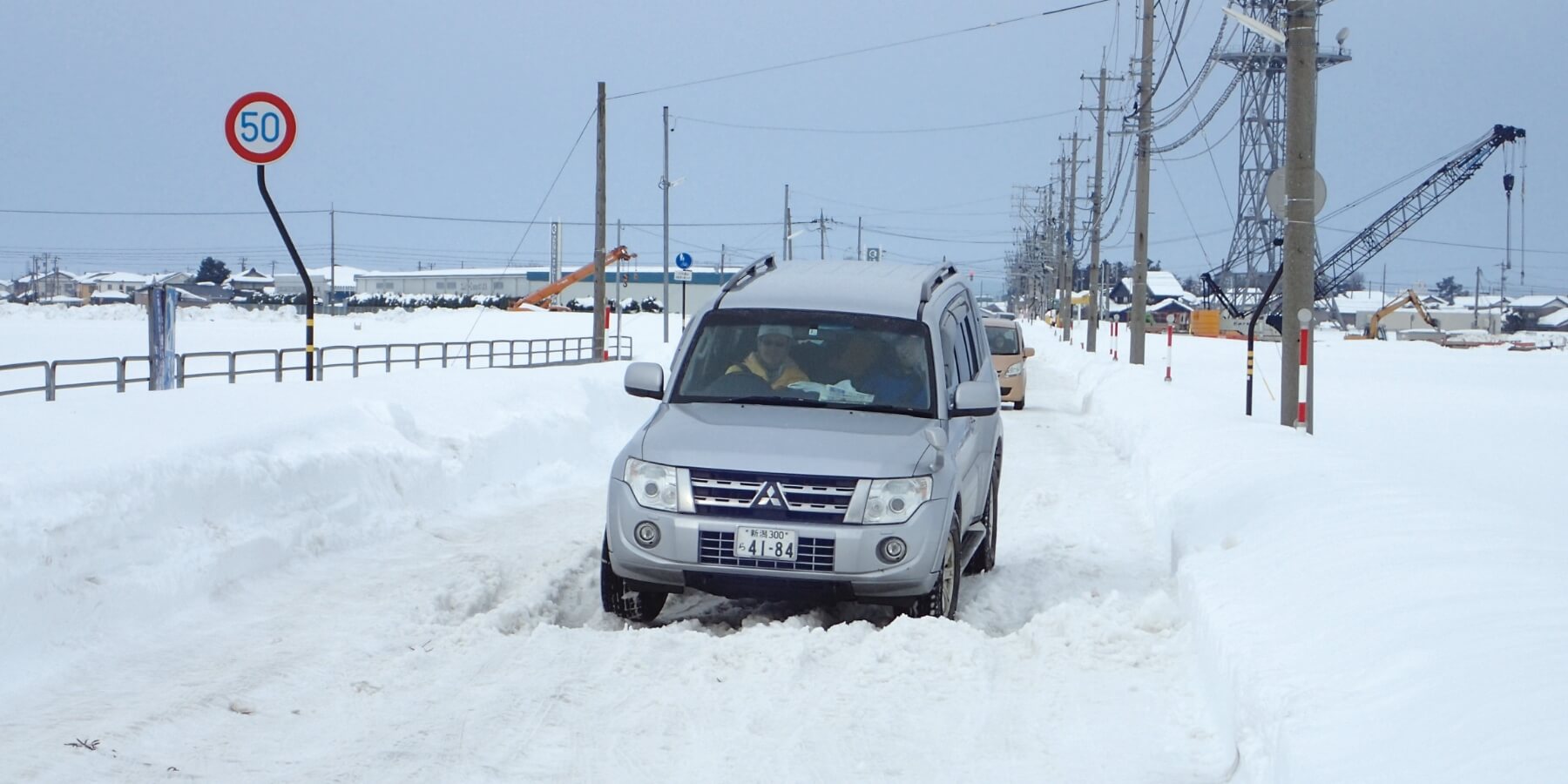
Collaborators:University of Fukui
To elucidate the mechanism of rutting phenomena into a wet compacted-snow on road due to a passing vehicle,penetration tests into snow were conducted in a cold room. The test results revealed the effect of ground contact pressure of tire on the penetration depth quantitatively
“Erosion process and material movement of collapsed slopes by train and melting snow after the 2018 earthquake”
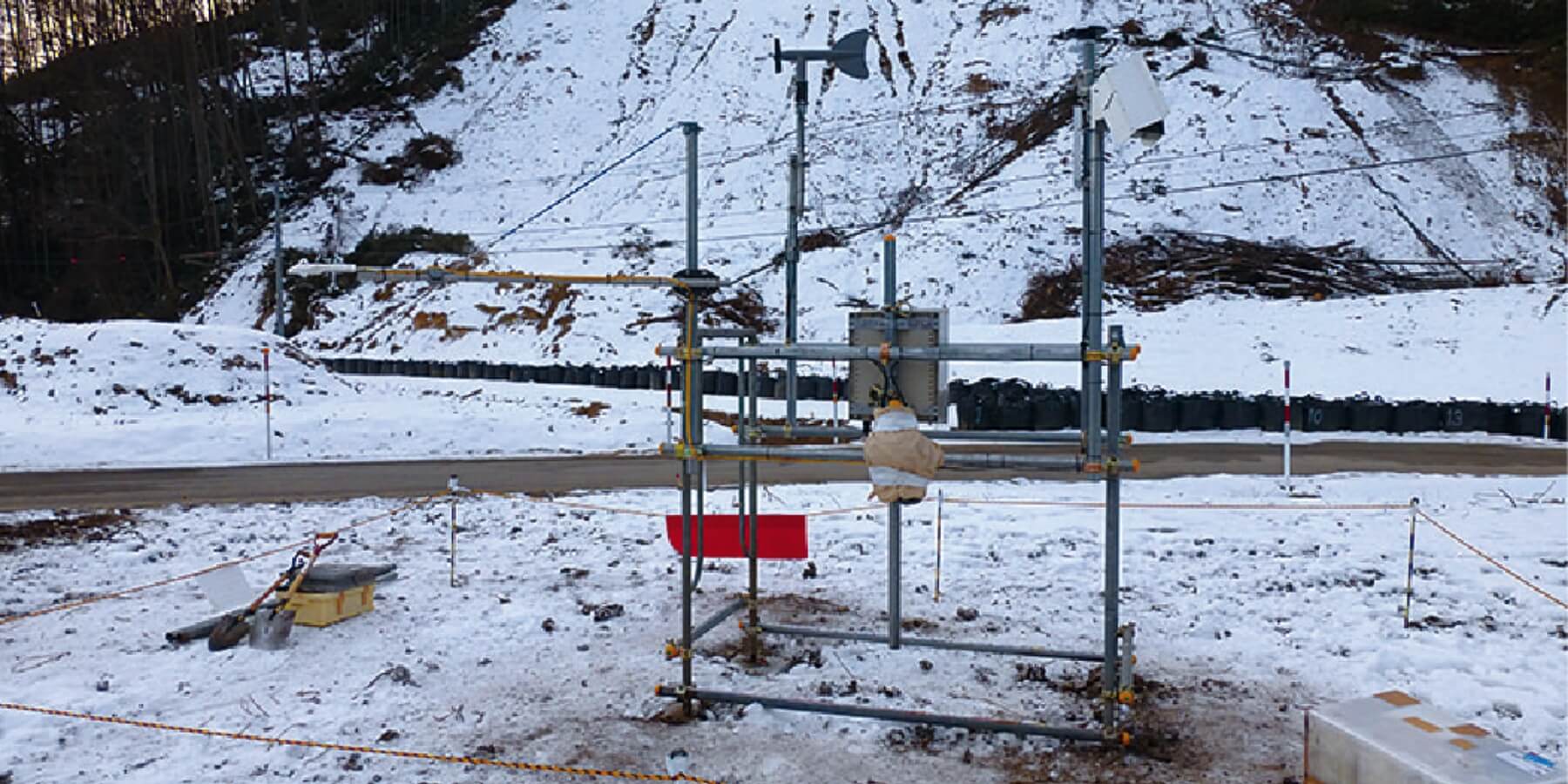
Collaborators:Hokkaido Research Organization
This study revealed the slope material change of collapsed slopes during one year after The 2018 Hokkaido Eastern Iburi Earthquake and the relations with melting snow and rain condition by airborne laser survey, UAV-SfM survey, geological survey, and meteorological data.
“Lahars at Zao volcano: its history, flow modelling, and hazard assessment”
Collaborators:Yamagata University
This collaborative research aims to assess risks and inundation areas by future lahars at active Zao volcano, approaching from geological and chronological study of lahar deposits and from numerical modelling of lahar flows with several scenarios.
“Neutralization of acidic river waters from volcanic areas using low-cost materials such as demolition waste and industrial by-products”
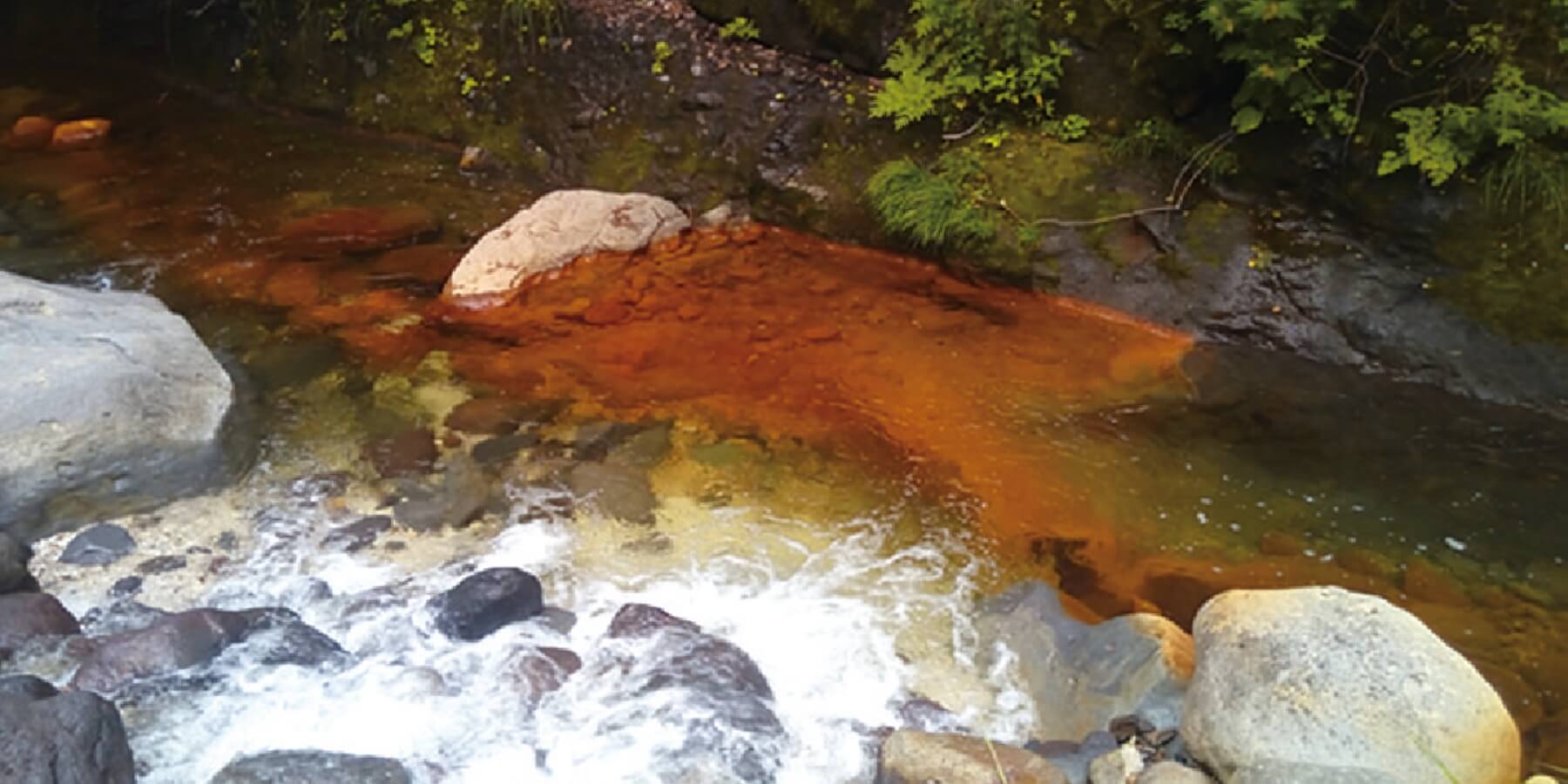
Collaborators:Saitama Universit
As a result of experiments using low-cost materials for neutralizing acidic river water from volcanic areas, steel slag and recycled concrete were extremely effective not only in neutralizing but also in removing arsenic and lead.
“Basic experiment to measure snowdrift shape with small-size LiDAR”
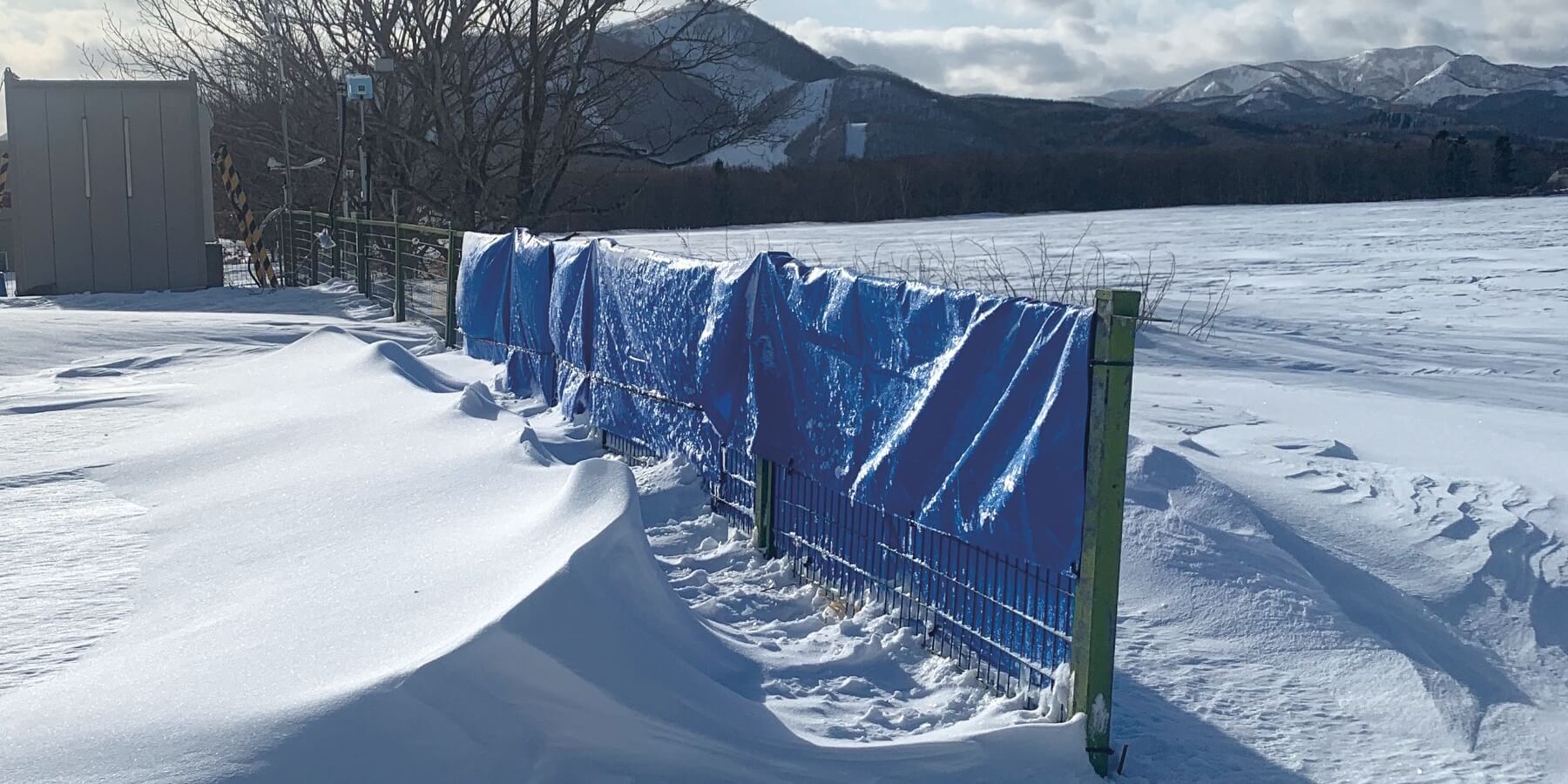
Collaborators:Tokyo Institute of Technology
This collaborative research investigated the development process of the snowdrift produced by blowing snow and conducted the field experiment using a makeshift fence at the snowfield. The snowdrift shape measured with LiDAR was consistent with the digital surface model estimated by UAV photography. In addition,the LiDAR measurement showed usability in bad weather conditions such as blowing snow.
“Estimation of real-time roof snow load by a numerical snowpack model”
Collaborators: National Research Institute for Earth Science and Disaster Prevention
An estimating system for the distribution of roof snow load on a real-time basis was developed by incorporating a numerical snowpack model “SNOWPACK” by the Snow and Ice Research Center, NIED with “Quasi-Real-Time Snow Depth Monitoring System” by NHDR Niigata University.
“Stratification processes of gravels retroacted by the Tsunami event”
Collaborators: Hokkaido Research Organization
This study revealed the difference in the preservation process of gravels between tsunami events and storm wave events at the Holocene coastal bench.
“Eruptive processes of the 2014 eruption of Ontake volcano and fluvial transport and sedimentary processes of volcanic materials in the eruption aftermath”
Collaborators: Faculty of Science, Shinshu University
The 2014 eruption of the Ontake volcano and subsequent tragic events presented the difficulties of predicting a small-scale but frequent phreatic eruption. This study revealed the characteristics of lahars and fluvial transport and sedimentary processes of volcanic materials in the eruption aftermath, and the characteristic of deposits, magnetic petrological property, and geochemistry that help in reconstructing a phreatic eruptive history in geological records.
“Risk assessment of landslide-dam collapse focused on formation and failure mechanisms”
Collaborators: Toyama Prefectural University
To research more reliable parameters for the stability analysis of landside dams to prevent disasters by the dam collapse, multiple channel surface wave techniques and microtremor array measurements were used to survey the S-wave velocity profile at the Higashi-Takezawa landslide dam in the Niigata Prefecture. The results showed that the combined use of these methods is an effective method for the analysis of the S-wave velocity structure of the landslide dam.
“Development of forecasting method of hydraulic status employing assimilation technology with measured values in actual rivers”
Collaborators: Kochi National College of Technology and Public Works Research Institute
Heavy rains occur more frequently. Early evacuation before natural disaster events related to these heavy rains is important to minimize the damage of human lives. We are developing methods to forecast the hydraulic status of rivers by employing assimilation technology with measured values in actual rivers.

